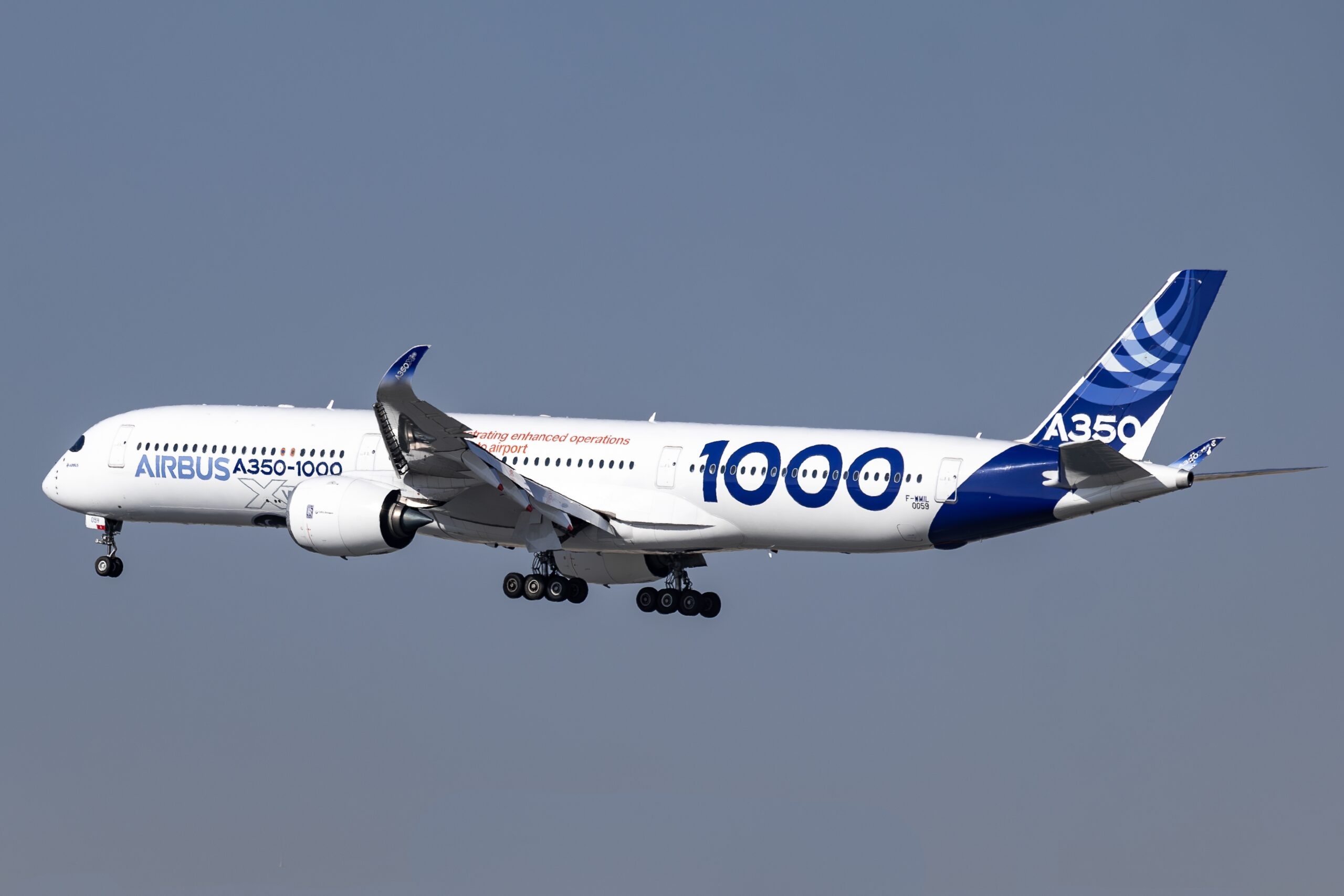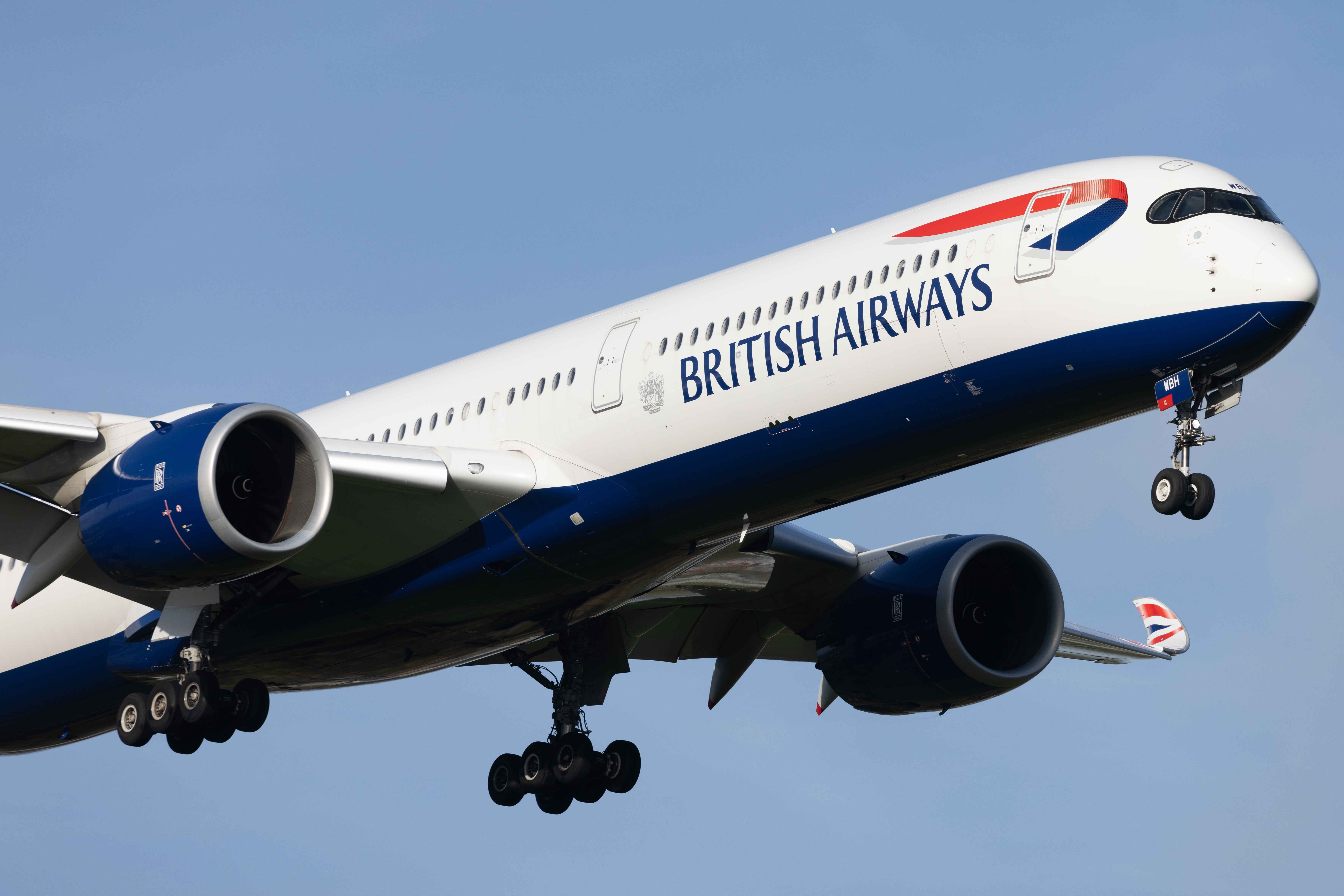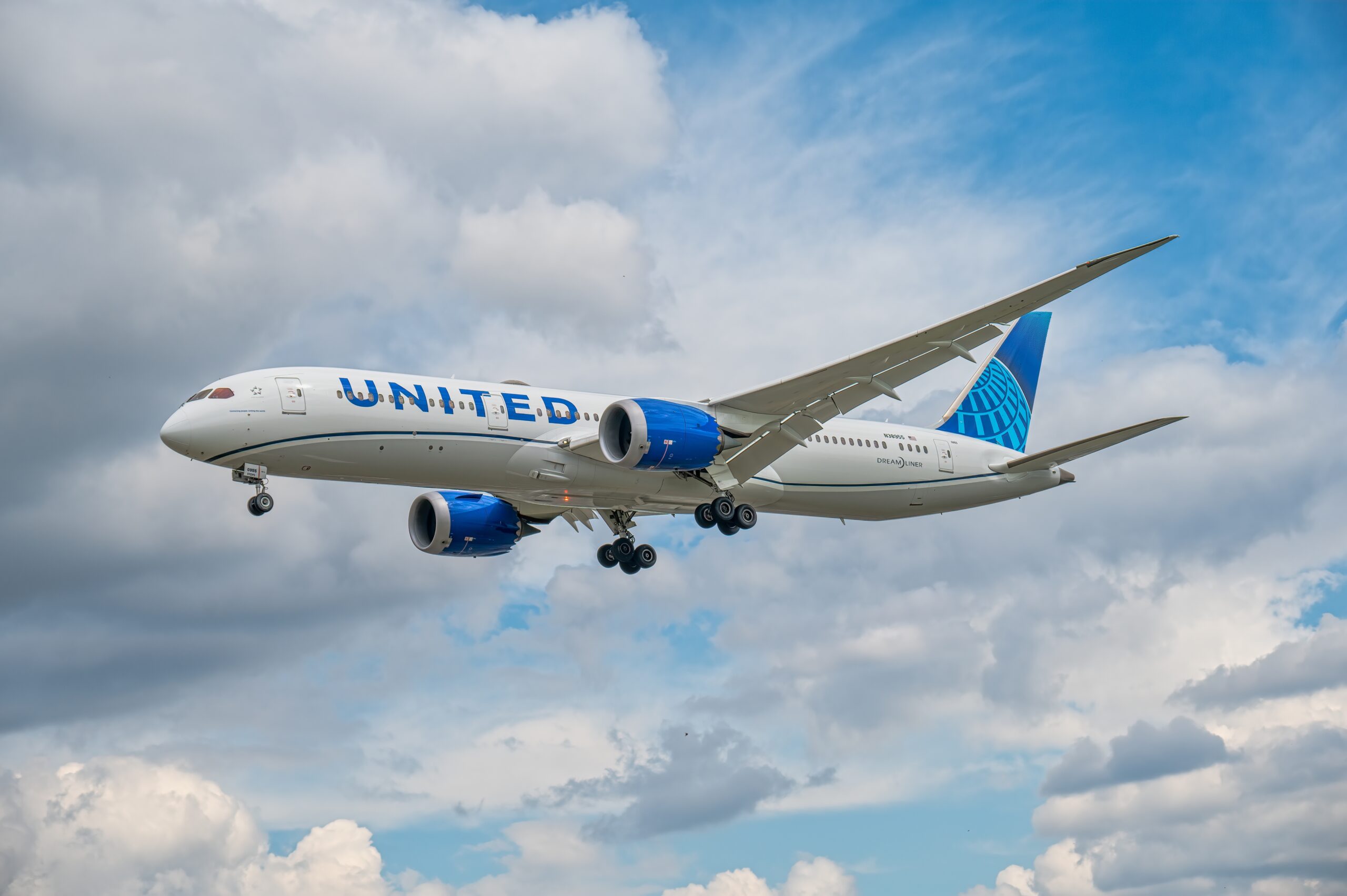Introduction to Commander 114B
Commander 114B represents a significant leap in the development of modern aviation technology. Introduced as a refined variant in the Commander aircraft family, it boasts advancements in design, functionality, and performance.
History and Development
The Commander series, originally produced by Rockwell International, has a storied history. In the late 1970s, Rockwell brought in the Commander 114 as an upgrade to its previous models. The 114B variant was later introduced as a further refinement, the culmination of years of feedback from aviators and engineers.
Commander Aircraft Company, taking over from Rockwell, integrated various modernizations in the Commander 114B. This version became well-regarded for its upgraded avionics and improved aerodynamics.
Design and Features
- Airframe: Built for robustness and reliability, the airframe of the 114B incorporates advanced materials that reduce weight without compromising strength.
- Powerplant: The aircraft features a Lycoming IO-540 engine, which provides a smooth and reliable power output. This engine is known for its robustness and ease of maintenance.
- Avionics: Modern avionics are a hallmark of the 114B. The cockpit houses a blend of analog and digital instruments, forming an interface that’s both comprehensive and user-friendly.
- Interior: The interior design focuses on comfort and function. Leather seats, adjustable control yokes, and a spacious cabin provide a pleasant flying experience.
Performance
Performance metrics for the Commander 114B are impressive. The aircraft exhibits a cruising speed of 165 knots, making it suitable for both short and medium-haul flights. With a fuel capacity of 64 gallons, pilots can expect a range of around 900 nautical miles under optimal conditions. The aircraft’s service ceiling is 18,000 feet, offering considerable flexibility for various flight profiles.
Handling and Control
Pilots commend the Commander 114B for its handling characteristics. Control surfaces respond predictably and smoothly, contributing to a highly manageable flying experience. Its tricycle landing gear configuration aids in stable ground handling and ease of landing.
Use Cases
The versatility of the Commander 114B allows it to serve a wide range of functions. Commonly used for personal travel, it also finds applications in business aviation, flight training, and aero club activities. Its balance of speed, range, and comfort makes it an attractive option for various flying missions.
Maintenance and Operating Costs
- Maintenance: Routine maintenance on the Commander 114B is straightforward due to the accessibility of its components and the availability of parts. The Lycoming IO-540 engine is widely supported, ensuring that issues can be quickly and efficiently resolved.
- Operating Costs: Operating costs are moderate compared to other aircraft in its class. Fuel efficiency is a notable benefit, helping to keep costs down over long distances. Routine inspections and upkeep contribute to the aircraft’s longevity and reliability.
Pilot and Enthusiast Perspectives
Pilots often speak highly of the Commander 114B’s flight dynamics and user-friendly avionics layout. Both novice and experienced pilots appreciate the aircraft’s forgiving nature and responsive controls. Enthusiasts value its classic design, blended with modern upgrades that enhance overall flight experience.
Comparison with Other Models
Compared to similar aircraft like the Cessna 182 and Piper Arrow, the Commander 114B stands out for its combination of comfort and performance. It often edges out competitors in terms of cabin spaciousness and flying range.
Conclusion
The Commander 114B remains a respected model within the small aircraft market. Known for its reliability, performance, and ease of operation, it continues to be a favorite among private pilots and small aviation businesses. Its long-lasting presence in the market underscores its value and enduring appeal.






